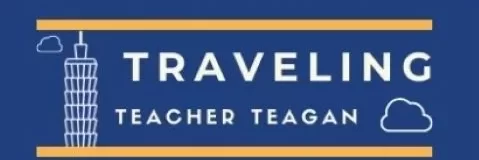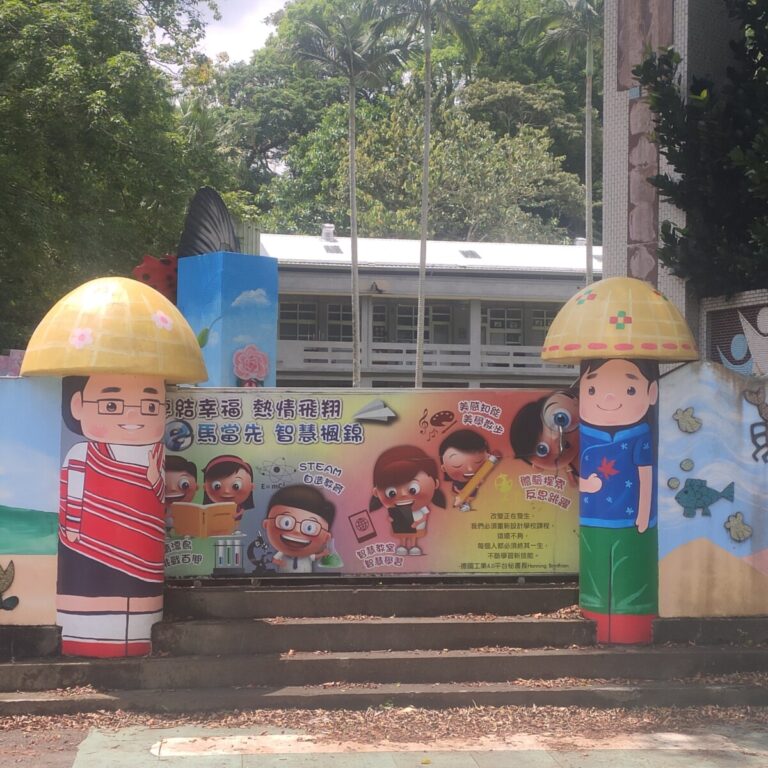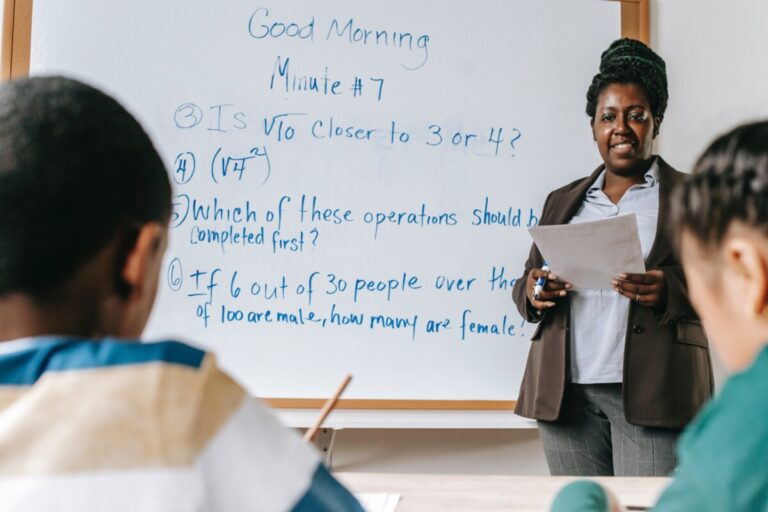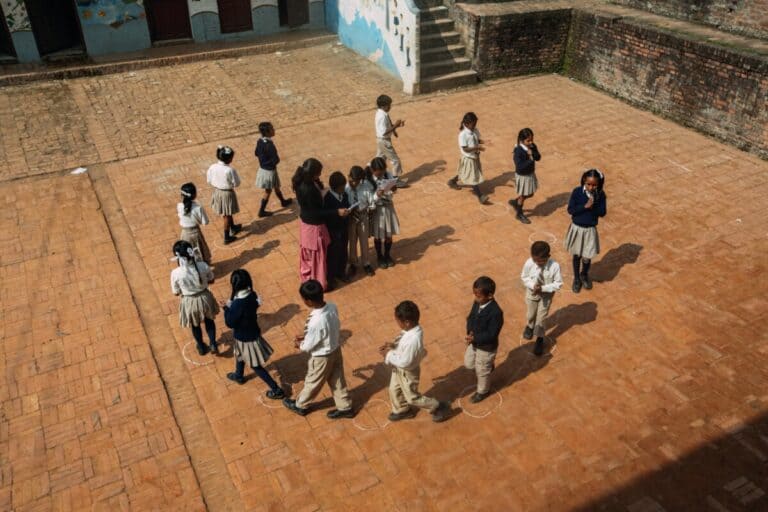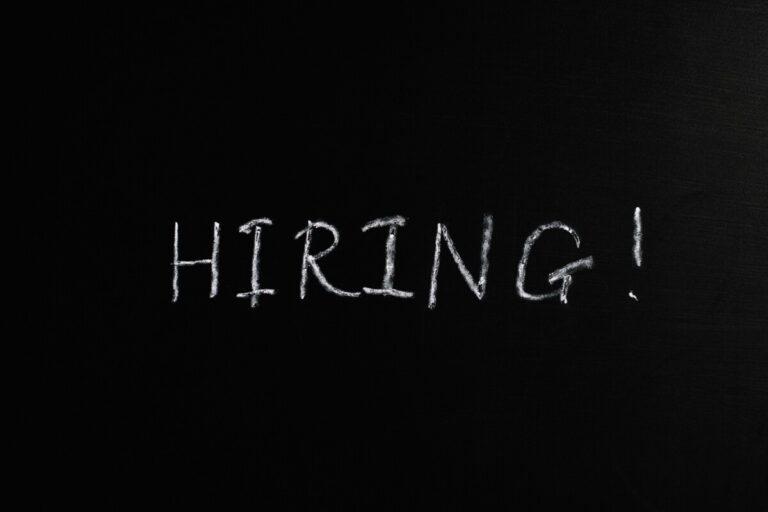Differences Between Private and Public Schools in South Korea
The Republic of South Korea is a country located in East Asia. It has an area of approximately 100,000 square miles and a population of 50 million people.
The education system in South Korea consists of both private and public schools. A large majority of students attend public schools, but there are also many private institutions that offer higher education or specialized training programs such as language courses or music lessons.
The education system in South Korea is well-known for its rigor and high standards. The country has one of the highest literacy rates in the world, with 99% of adults being able to read and write.
This is due in part to the fact that many children attend school before they start kindergarten and continue through college or university. As such, there are many different types of schools available that cater to different needs: private or public.
History of Private and Public Schools in South Korea
The history of education in South Korea is a long one, dating back thousands of years. There are two types of schools in South Korea: public and private. Public schools are run by the government, while private schools are run by non-profit organizations or for-profit corporations.
Private schools were first established during the Joseon Dynasty (1392-1910) when they were called “hakgyo” or “hakgong”. These institutions taught students about Confucianism. The country’s first schools were established during the Three Kingdoms Period (57 BCE – 668 CE) by Chinese immigrants who settled in Hanseong (modern-day Seoul).
These early institutions were modeled after Chinese schools and taught Confucianism as well as Buddhism, Taoism, and medicine. In addition to these subjects, students also learned martial arts such as archery and swordsmanship so that they could serve as soldiers when needed.
During the Joseon Dynasty (1392-1910), education became more formalized with the establishment of a national school system based on Confucian principles. Public education was introduced during Japan’s occupation of Korea from 1910 until 1945. However, it wasn’t until after independence from Japan was achieved at the end of World War II that public school enrollment increased significantly. This was due in part that many families couldn’t afford private education anymore due to financial hardship caused by war reparations. Both Koreas paid out with other countries including China who were involved in fighting against Japan during WWII.
Since so many people moved around so quickly during this period and there weren’t enough teachers available. A lot of students only attended school for part-time periods rather than full days like we see today. Public school enrollment increased significantly due in part because many families couldn’t afford private education anymore as well.
Differences in Curriculum
The core curriculum is the same in both public and private schools, but there are some differences in extracurricular activities.
Private schools offer more opportunities for students to participate in sports teams and clubs than public schools do. In addition, many of these programs are available at the middle school level as well as the high school level. If your child wants to try out for basketball or join an orchestra, they can do so at their local private school instead of waiting until college like they would have had to do at a public institution (or moving away from home to a special school). They could always go to a hagwon (cram school for this).
Differences in Cost
- Private schools are more expensive than public schools.
- The average tuition for a private high school in South Korea is about $10,000 per year.
- Public high school tuition is only about $3,000 per year on average.
Differences in Class Size
One of the biggest differences between private and public schools in South Korea is class size. In general, private schools have smaller classes than public ones.
In some cases, this can be attributed to the fact that many private schools have fewer students than their public counterparts. However, it’s important to note that this isn’t always true; some private institutions have more students than their public counterparts but still maintain smaller class sizes because they’re able to do so by employing more teachers per student (and paying them accordingly).
This difference has several implications for both teachers and students. Teachers at private institutions tend to have more freedom when designing their curricula because they don’t need as many resources or materials as those working at larger institutions would need. This means they’re able to spend more time focusing on each individual student’s needs rather than worrying about how many people will be sitting in front of them during class time. They have greater flexibility when choosing what types of activities should take place during each lesson period so that everyone gets something out of what’s being taught, in theory.
Private Schools in South Korea
Private schools in South Korea are known for their academic excellence, smaller class sizes, and specialized curricula. There are several different types of private schools in South Korea, each with its own advantages and disadvantages.
- Independent Private Schools (IPS 독립적인 사립학교)– These are private entities, such as foundations or religious organizations, and are not associated with the government. They have more autonomy in almost all aspects of curriculum, hiring, and admissions. This allows them to offer specialized programs and focus on specific areas of education. You can do more arts, sports, or foreign languages as classes or after-school programs. The tuition fees for IPS are generally higher compared to other types of schools, and admission can be competitive to get in.
- International Schools (국제 학교들)- International schools in South Korea follow a foreign curriculum, such as the International Baccalaureate (IB) or the British or American curriculum. In most of these schools you need a foreign passport to be able to enroll in the school, but having dual passports is ok. They are aimed at foreign students or wealthy Korean students who want to pursue an international education. These schools mostly offer English as the primary language of instruction and provide a multicultural environment. International schools have state-of-the-art facilities and offer a wide range of extracurricular activities. Again the tuition fees for international schools can be significantly higher than other types of private schools. Many Koreans go to have children in the US so they have foreign passports for reasons like this.
- Foreign Language Schools (외국어학원 Hagwons): These private schools in South Korea focus on providing specialized education in foreign languages mostly in English, Chinese, and/ or Japanese. They have smaller class sizes and intensive language programs to improve students’ language proficiency (though the quality varies greatly). Foreign language schools sometimes have cultural exchange programs and hire foreign teachers.
- Specialized Private Schools (전문 사립 학교): These schools focus on specific areas of education, such as STEM (Science, Technology, Engineering, and Mathematics), arts, sports, or vocational training. These schools try to give specialized instruction and resources tailored to student’s interests and aptitudes. But these private schools may have limited options for general education subjects and may not offer a well-rounded curriculum. The quality also varies greatly depending on who is teaching.
- Religious Schools (종교학교): Religious schools in South Korea are affiliated with a particular religion and provide education based on religious principles and values. These schools emphasize moral and ethical education in addition to academic subjects. While in many other countries students who are of different faith can join then in Korea often you must be of that faith to join and not be suitable for students of different faiths or those who prefer a secular education.
Public Schools in South Korea
There are three main types of public schools in South Korea:
- Elementary School (초등학교): This is the first stage of formal education in South Korea and is mandatory for all children aged 6 to 12. The curriculum includes subjects such as the Korean language, mathematics, science, social studies, and physical education.
- Middle School (중학교): After completing elementary school, students move on to middle school, which is for grades 7 to 9. The curriculum includes core subjects like the Korean language, mathematics, science, social studies, and English. This is as well as elective courses like music, art, and physical education, but they are not a focus.
- High School (고등학교): High school education in South Korea is divided into two types:
- Regular high school (초등학교). This type is for students who want to pursue a college degree or vocational certification after graduating from high school. Students can apply for this type at ages 15 and 16 respectively, depending on their grade level. The curriculum includes subjects such as math, science, history, and Korean language classes.
- Vocational high school (중학교). These schools are designed for students who want to enter the workforce right after graduation instead of going on to college or university education. They offer technical training programs such as nursing assistant training programs or automotive repair courses among others.
Admission Process
In South Korea, private schools are a popular choice among parents who want their children to receive a more competitive education. The admission process for private schools is often more rigorous than that of public schools and may require an entrance exam, interview, and or references.
Private school curricula are also often more advanced than those taught in public institutions, as they typically have access to more resources such as computers and new textbooks that can be updated regularly. In addition, many private schools offer special programs such as English immersion classes or music lessons which cannot be found at government-run institutions.
Curriculum and Resources
The curriculum and resources available to students are very different between private and public schools in South Korea. The curriculum is more advanced in private schools, but this comes at a cost. As a result of this advanced curriculum, most private schools have fewer teachers than their public counterparts do, therefore don’t have as much time for extra-curricular activities like sports or clubs.
Private school students also tend to be more focused on getting into good colleges than their public school peers (who may not even know what college they want to go to). This can sometimes lead them down the path of taking easier classes so that they can get better grades instead of focusing on learning new things or developing skills that aren’t tested by standardized tests such as AP exams or SATs.
Teachers and Teaching Styles
Teachers in public schools are required to have a bachelor’s degree and pass an exam. In addition, they must be certified by the Ministry of Education. Teachers at private schools do not need to meet these requirements, but most teachers at private institutions are still highly qualified and undergo a rigorous training before teaching their first class.
Private school teachers tend to focus on academic achievement rather than extracurricular activities such as sports teams or clubs. This is because many parents choose private institutions because they want their children to focus on academics without distractions from sports or other after-school activities that may take time away from studying for tests like SATs or college entrance exams (PSAT).
Learning Environment
In the United States, we are used to a certain type of learning environment (though it is changing). We have classrooms with desks and chairs arranged in rows. This can be intimidating for some students who prefer more freedom or flexibility in their learning spaces. In South Korea, it is similar and there are many different types of learning environments available at both private and public schools alike.
In addition to traditional classroom settings with desks and chairs arranged in rows (called “semi-individualized” classrooms), there are also other options such as:
- Small group study rooms where students work on projects together with their classmates.
- Open-concept classrooms where desks are grouped together by subject area rather than rowed by grade level.
- Learning centers provide access to computers so students can practice typing skills or complete online homework assignments.
Parental Involvement
The differences between private and public schools in South Korea can be seen in the level of parental involvement. Private schools tend to have more parent participation, as parents are more likely to be involved in their child’s education. This is especially true for international schools where there are many foreign parents who want their children to learn English fluently while still wanting them exposed to Korean culture.
In contrast, public school students tend not to have as much parental support because most Koreans work long hours outside of the home and cannot afford time out of work just so they can volunteer at their child’s school or help out with activities like tutoring other kids who need extra help on subjects such as math or science (which are required subjects).
In Summary
There are a number of differences between private and public schools in South Korea. The most obvious difference is the cost of tuition, which can be as much as 10 times higher at private institutions than at public ones. The other major difference is that many students who attend public schools do so because they cannot afford to go anywhere else or they live too far away from a good school and need transportation provided by their district; whereas students who attend private institutions are usually able to get there on their own means (e.g., car) or have parents who can drive them every day if necessary.
Public schools tend to have more funding/ resources available than their counterparts because they receive government funding through taxes paid by citizens. This doesn’t always translate into better quality education since the funds are allotted poorly. many teachers at both types of institutions aren’t well trained in their subject matter and may not even speak English fluently enough for their students’ needs.
Some parents believe that having access to only one type of school system means less competition between peers so everyone gets along better overall, but again this isn’t always true either since kids often feel pressure from parents/teachers/peers about getting into certain universities after graduation.
